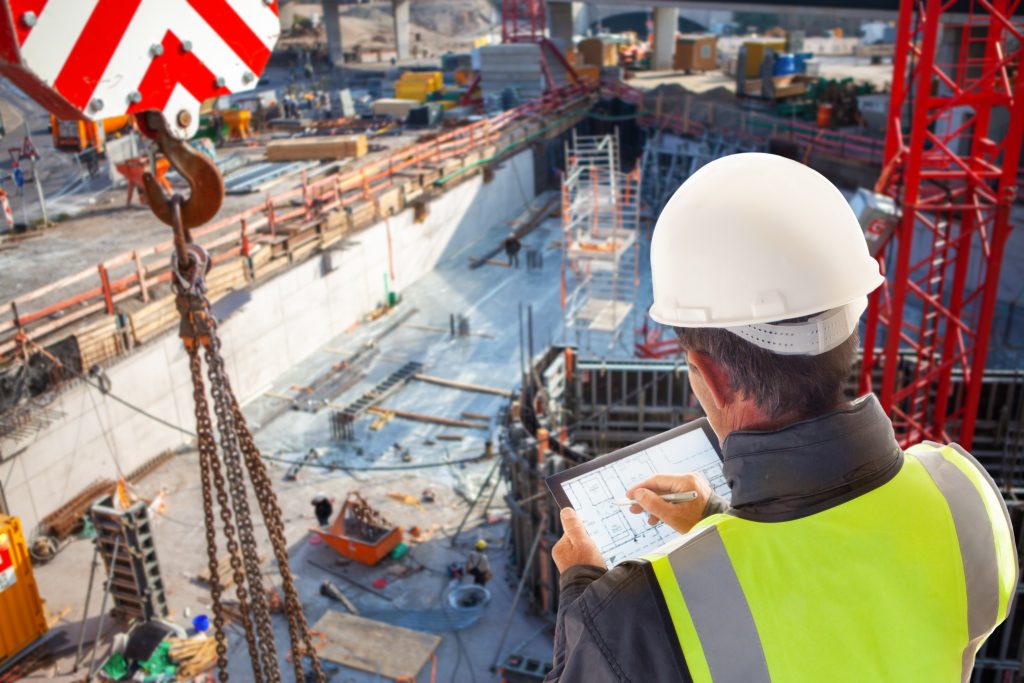by Jeffrey C Kadlowec, Architect
Abstract
Construction projects are unique and complex, incorporating the interest of various stakeholders and efforts of many different parties. Managing risks throughout the multiple phases is essential to successful completion. Uncertainty will negatively affect productivity, performance, quality, and budget. Implementing a systematic approach will identify and assess these risk to assist in decision-making, thereby minimizing adversity and its impact while providing solutions and opportunities for improvements.
Keywords: risk management, construction projects, decision-making, uncertainty

Construction Risks
Construction project consist of multiple phases and activities, each one unique and complex. They incorporate the interests of various stakeholders and require the efforts of many different parties [Ghaeb 2023]. The dynamic nature of design and construction means that risks can and will occur throughout the project phases. Implementing a risk management process (RMP) to prevent these issues and address them as they occur is essential to successful completion.
Project management is defined as, “the use of specific knowledge, skills, tools, and techniques to deliver something of value to people.” [Ghaeb 2023] This demands proper utilization of resources—materials, equipment and personnel. The element of risks and uncertainties, both expected and unexpected, create a work environment where procedures should be in place to handle these difficulties, or strategies must be developed and implemented to tackle problems as they arise.
Risk management has become important in decision-making throughout the construction industry. The consequences and potential damage caused by risk and uncertainty will negatively affect productivity, performance, quality, and budget. While risks can never be eliminated entirely, reasonable efforts should be made to prevent, minimize, and contain them. Systematic risk management (SRM) is an approach to project management that 1) identifies, assesses and ranks risks, 2) focuses on major risks, 3) makes informed decisions against adversity, 4) minimizes potential damage in worst cases, 5) controls aspects of uncertainty, 6) formalizes and clarifies roles, and 7) seeks opportunities to enhance performance [Mills 2001].
The impact of risks is based on undesirable events and unexpected losses with risk impact the product of likelihood and consequences. The true cost of risk is higher than apparent as uninsured costs can be eleven (11) times higher than direct costs [Mills 2001]. Uncertainty occurs at a greater degree early in the project lifecycle, as decision made in the beginning have the largest impact on final cost and duration. Changes are often necessary and unavoidable, but the impact of them is frequently underestimated.
Risks and uncertainty are inherent in any construction project. Allocation of risk is dependent on the harm (or benefit) of activities, responsibility for the risk, accountability for control of risk, and financial duty—in whole or in part—should that risk materialize [Mills 2001]. The most important risks are job safety, quality of work, and labor productivity of the contractors. Lesser risks involve the owner in defective design, construction competence, delayed payment and inflation, government regulations and ordinances, and site access.
Risk assessment can be performed using qualitative and quantitative methods, or a combination of both. Qualitative analysis studies documents, indicators and accidents utilizing questionnaires, consultants and personal inspections. Determination is achieved through reviewing the development of risks, preparing engineering diagrams and studying environmental elements. Quantitative analysis employs numeric methods such as discounting, cost-benefit, and breakeven. Probability can be illustrated by event and decision trees or through simulation models [Khrustalev 2023].
The construction phase of a project is fraught with uncertainty, leading to cost overruns and performance shortfalls. Managing element of risk relies on people and organizations, systematic processes, tools, and techniques [Shabani 2023]. It should focus not only on threats, opportunities and their implications, but also on the sources of these uncertainties. Since many risks lie outside the control of owners, project management teams must recognize and strategize against operational uncertainty during construction. This include factoring in the rule of law, market conditions, national culture, and geopolitics.
References
Ghaeb, Hiba & Mahjoob, Ahmed. (2023). Risk Response in Construction Project: A Review Study. Journal of Engineering. 29. 121-137. 10.31026/j.eng.2023.08.09.
Khrustalev, Boris; Chudaikina, Tatyana; Kargin, Alexey; Agapova, Marina & Belyakov, Aleksey. (2023). Development Features of Integrated Risk Management System at Construction Enterprises. E3S Web of Conferences. 403. 10.1051/e3sconf/202340302009.
Mills, Anthony. (2001). A Systematic Approach to Risk Management for Construction. Structural Survey. 19. 245-252. 10.1108/02630800110412615.
Shabani, Rouzbeh; Johansen, Agnar & Torp, Olav. (2023). A Multi-Dimensional Evaluation of Uncertainty Management in the Construction Phase. 10.26493/978-961-293-086-8.



